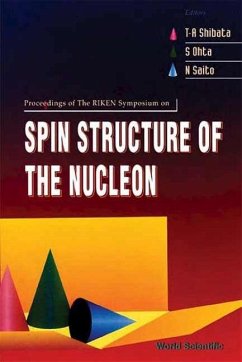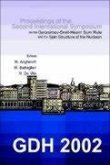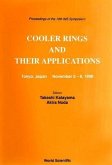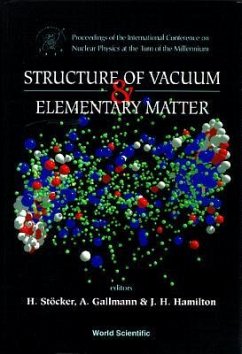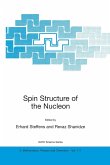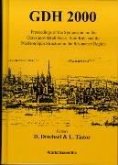After about three decades of experimental and theoretical efforts, the structure of the nucleon (proton and neutron) is now fairly well understood based on quantum chromodynamics, but only if averaged over its spin. As the recent "proton spin crisis" revealed, we do not understand much about the nucleon structure when its spin is polarized to a specific orientation. We expect that our understanding on this challenging problem will soon be significantly improved by the RHIC-Spin and other experiments in the near future, as well as by the lattice- and perturbative-QCD theoretical calculations. The purpose of this symposium was to summarize the current understanding and discuss the future perspective of this problem with experimental and theoretical physicists from both high-energy and nuclear physics communities.The symposium covered the overview of the structure studies, updates on the experimental results from CERN, SLAC, DESY, FNAL, and KEK, future experiments at RHIC, and recent theoretical developments (18 presentations, 113 participants).

